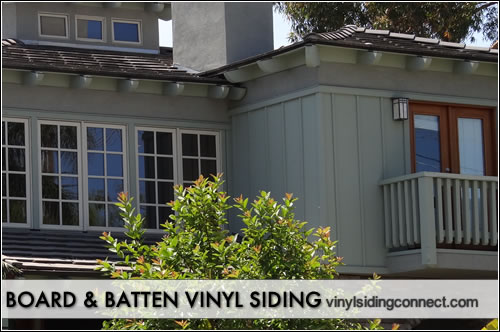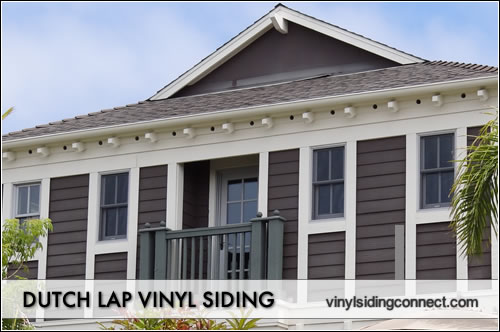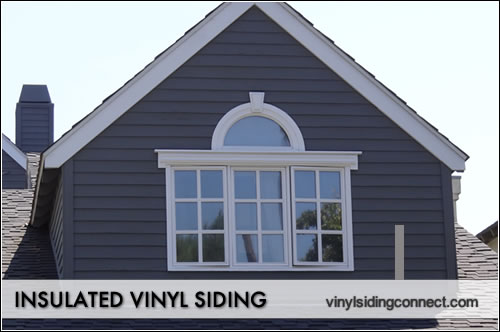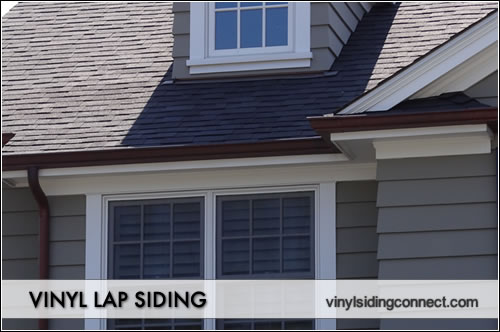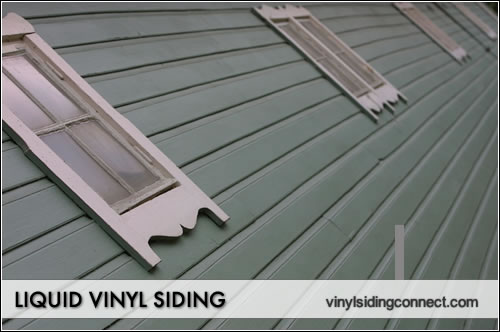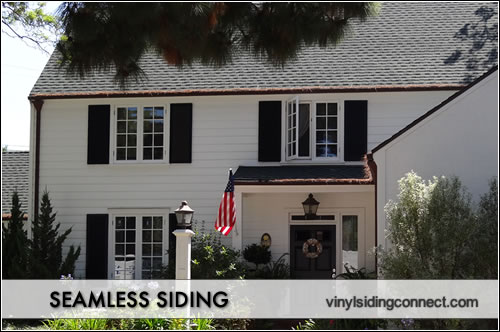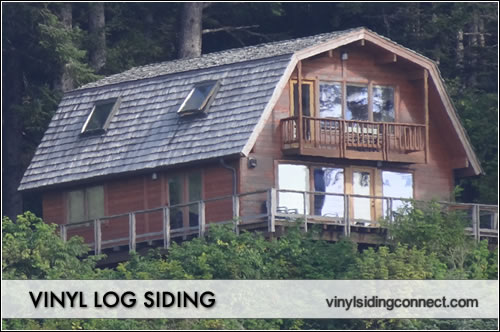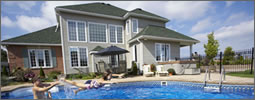There are a ton of vinyl siding styles to choose from. Many vinyl siding manufacturers produce there own versions of the most popular styles.

Board And Batten Vinyl Siding – This is a traditional vertical styling that alternates boards and battens to create a rustic or modern look to a home. Many homeowners opt for this over a real wood because of the strength of the material and low maintenance requirements.

Dutch Lap Vinyl Siding – This is similar to board siding that uses horizontal boards or panels where the top board overlaps slightly over the top edge of the board beneath it. This has several advantages, namely that the board sticks out a bit to create shadow and visual interest. In addition, it provides an effective way to keep water from getting inside the exterior cladding of a home.

Insulated Vinyl Siding – This is not a style per se, but it is certainly an option for homeowners. Traditional vinyl tends to be too pliable or wavy. Insulated cladding has a rigid foam in the back to add better support. The result is a stronger and less wavy material that lasts longer, but of course costs more than entry level products.

Vinyl Lap Siding – Very similar to Dutch Lap or Cladboard cladding in that it uses broad horizontal planks or boards. It differs from Dutch Lap in that the boards “stick out” less because each panel has a slight wedge or bevel so that the top of the board is not as thick as the bottom.

Liquid Vinyl Siding – This is basically a spray on version of that is typically applied to existing cladding (most often a wood or clapboard). There is lots of debate in the industry as to the effectiveness of this solution. Certainly it is much cheaper to spray a liquid vinyl over the existing surface. What seems to be at issue is how long the products last and whether it is a good price decision for homeowners in the long run.

Seamless Vinyl – This product is offered by a handful of companies where they make custom panels that are long enough not to create the seams of one panel overlapping with another. It certainly won’t work on every home because the longer the panel the more flex you get. Most manufacturers make boards that are 10′, 12′ or even 16′ in length.

Vinyl Shake Siding – Shake is like a shingle that has a more sawn look to it. Many homeowners like the look of the shake, but don’t like the maintenance and the discoloration and decay that occurs to natural wood over time. These mimic the look of shake shingles using a manufactured product.

Vinyl Shingle Siding – Shingles create an amazing look for a home, but are costly and begin to show their age after 15 years or so (all that sun exposire takes a big toll on natural wood). The vinyl version looks as close as possible to the real thing, but without all the expense of restaining and sealing.

Vinyl Log Siding – Some people love the rustic look of a log cabin, but the real thing is expensive and not always the most practical solution for everyday living. Manufacturers recreate the look of the log on the outside, often with a flat surface on the inside. This produces a cheaper, more practical and more energy efficient way to enjoy a log cabin.

